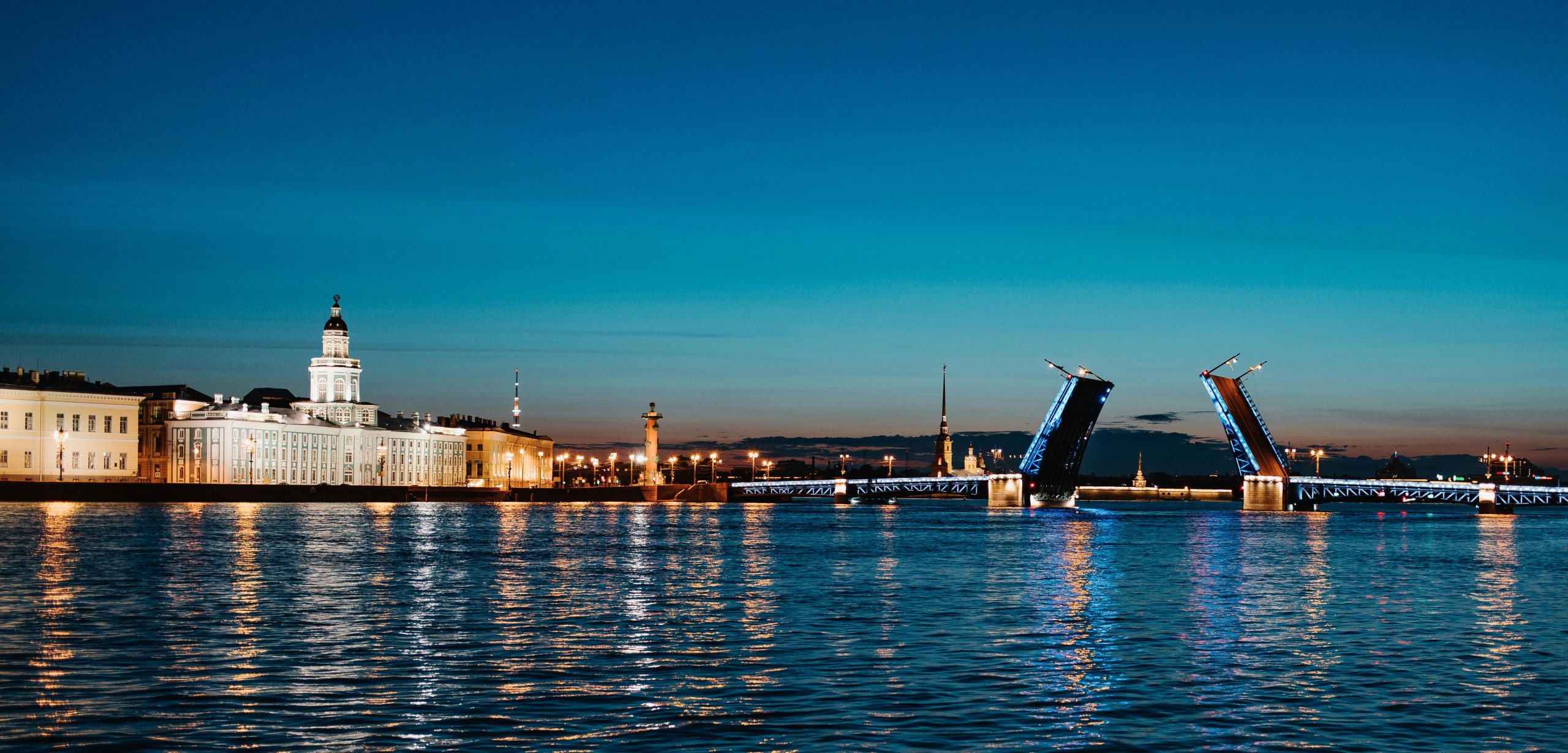Table of Contents
![]()
I. Introduction
Movies have long served as a powerful medium for storytelling and cultural expression. This article explores the history of major films and their profound impact on society, examining the evolution of cinema from its inception to its contemporary global influence. By analyzing key eras, significant films, and cultural shifts, we can better understand how cinema reflects and shapes societal values.
II. Early Cinema (1890s – 1920s)
A. Inception of Film as a Medium
The journey of cinema began in the late 19th century with the invention of motion picture technology. Early pioneers like Thomas Edison and the Lumière brothers introduced short films that captivated audiences. One notable early film, D.W. Griffith’s The Birth of a Nation (1915), showcased the potential of film to tell complex narratives, despite its controversial subject matter.
B. Cultural Context
This early era of cinema emerged amidst significant social and political changes, including urbanization and the industrial revolution. Films began to reflect and challenge contemporary societal norms, often highlighting the struggles and aspirations of various groups.
C. Impact on Audiences and Society
Movies quickly transformed entertainment, providing a new means of storytelling that resonated with audiences. They offered a window into different lives and experiences, reshaping cultural perceptions and social values.
III. The Golden Age of Hollywood (1930s – 1950s)
A. Rise of Studio Systems and Star Culture
The 1930s marked the establishment of the Hollywood studio system, where major studios like MGM and Warner Bros. dominated film production. This era also saw the rise of iconic stars such as Marilyn Monroe and Humphrey Bogart, whose on-screen personas significantly influenced popular culture.
B. Genre Development and Its Cultural Significance
Genres flourished during this period, with musicals, film noir, and westerns reflecting American values and aspirations. For instance, musicals celebrated the optimism of the era, while film noir captured the complexities of human morality and the darker sides of society.
C. Influence of World War II
World War II had a profound impact on cinema, leading to the production of propaganda films that bolstered national morale. Post-war themes explored returning soldiers’ struggles and the shifting dynamics of American life, contributing to a deeper cultural understanding of the era.
IV. The New Hollywood Era (1960s – 1980s)
A. Changes in Filmmaking and Storytelling
The late 1960s ushered in the New Hollywood era, characterized by a wave of independent filmmakers like Martin Scorsese and Francis Ford Coppola. This period saw a departure from traditional narrative structures, allowing for more experimental and nuanced storytelling.
B. Cultural Upheaval and Its Representation
This era was marked by significant social upheaval, including civil rights movements and the feminist movement. Films such as Easy Rider (1969) and The Graduate (1967) reflected the changing attitudes and struggles of the time, challenging societal norms and expectations.
C. Technological Advancements
The introduction of special effects revolutionized filmmaking, leading to the rise of blockbuster films like Jaws (1975) and Star Wars (1977). These films not only changed the landscape of cinema but also influenced audience expectations and engagement.
V. The Globalization of Cinema (1990s – Present)
A. Expansion of International Cinema
The 1990s marked a significant shift in the global film industry. International cinema gained prominence, with films from regions such as Bollywood and European cinema influencing global tastes. The box office became increasingly international, leading to a cultural exchange that enriched storytelling.
B. The Impact of Technology and Streaming Services
The advent of streaming services like Netflix and Disney+ has transformed film distribution and consumption. This shift has democratized access to films, allowing diverse voices and stories to reach wider audiences, thus fostering a more inclusive cinematic landscape.
C. Cultural Dialogues and Representation
Recent years have seen a heightened focus on representation in film, with movies like Black Panther (2018) and Parasite (2019) sparking conversations about identity, culture, and social issues. These films highlight the importance of diverse storytelling and its impact on societal norms.
VI. Case Studies of Major Films and Their Impact
A. The Wizard of Oz (1939)
The Wizard of Oz is a cultural touchstone that has endured for generations. Its rich symbolism and themes of hope and courage resonate with audiences, influencing the fantasy genre and permeating popular culture.
B. Psycho (1960)
Alfred Hitchcock’s Psycho revolutionized the horror genre, introducing psychological depth and complexity. Its daring exploration of morality and violence shifted societal views on these topics, making it a landmark in film history.
C. Schindler’s List (1993)
Steven Spielberg’s Schindler’s List is a poignant representation of the Holocaust, sparking discussions on ethics in filmmaking and the importance of historical memory. It has become a vital tool for Holocaust education, reinforcing the responsibility of cinema to address historical truths.
D. Avatar (2009)
James Cameron’s Avatar not only showcased groundbreaking technological advancements in filmmaking but also initiated discussions on environmentalism and indigenous rights. Its impact on the cinematic landscape is profound, influencing both production techniques and narrative themes.
VII. Conclusion
The history of major movies is a reflection of societal evolution and cultural dialogue. From early cinema’s inception to the modern globalized film landscape, movies have continually shaped and been shaped by the world around them. As we move forward, the ongoing evolution of cinema promises to remain a vital part of our cultural fabric, influencing and reflecting our shared human experience.
Share This





Be the first to comment